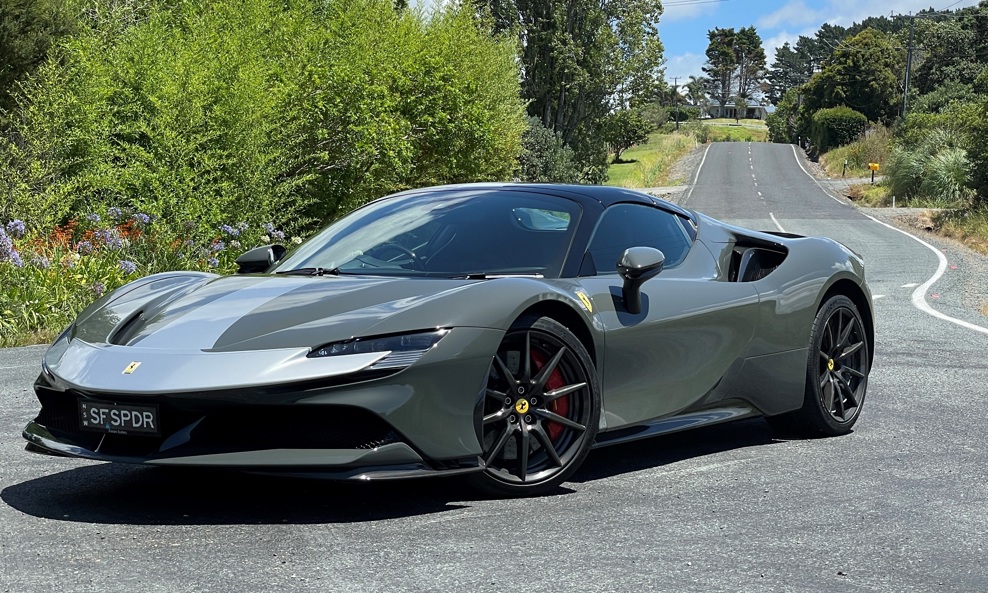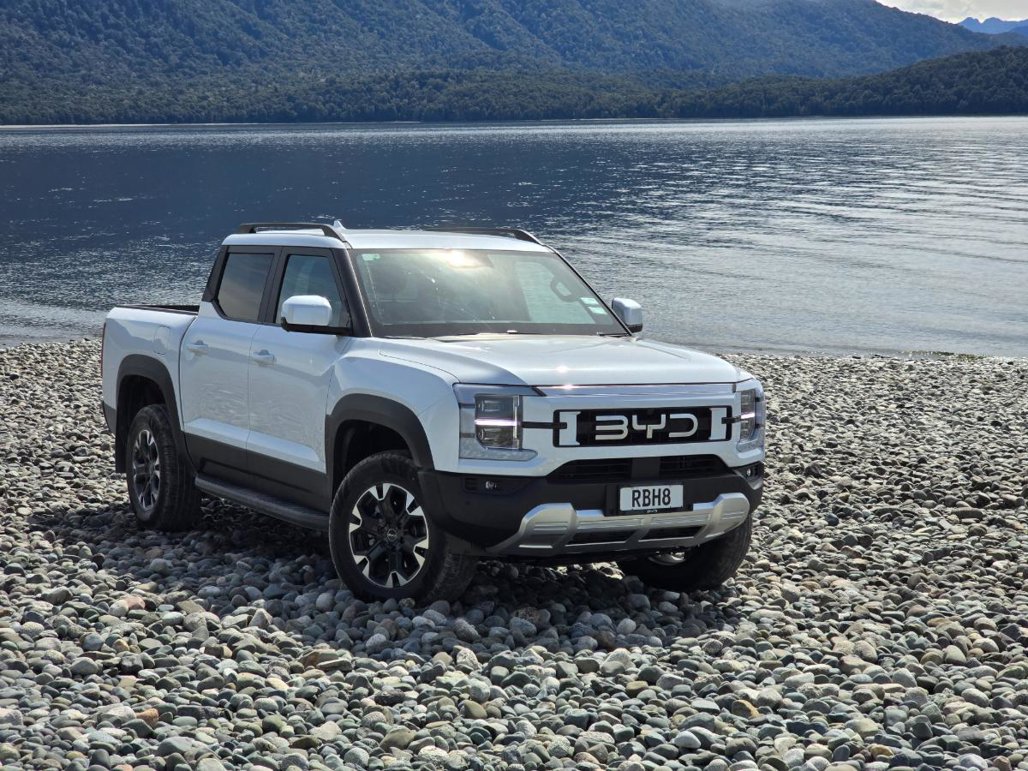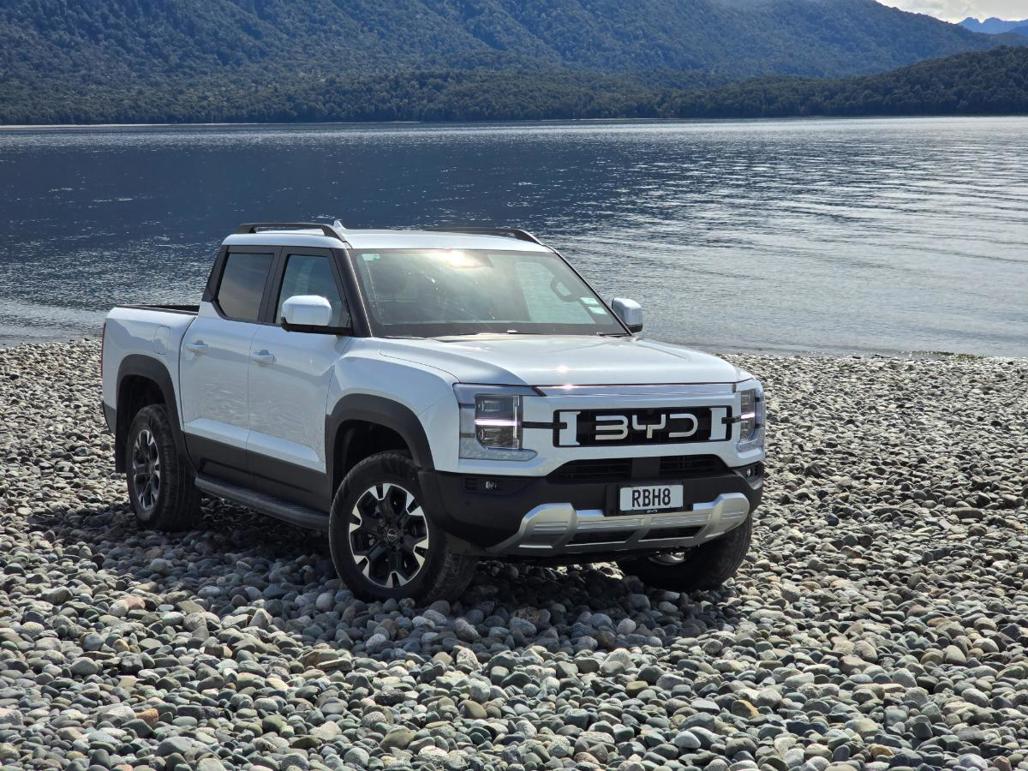Plug-in hybrid electric vehicles have never really achieved much traction in the New Zealand market, and one of the reasons for that is undoubtedly due to the confusion that surrounds them: people still don't really understand what a PHEV is.
Everything from the Government's fumbled introduction of Road User Charges (RUCs) for them, anti-ICE sentiment from dedicated EV fanatics who hate the idea of adding a combustion engine into the EV mix and even Toyota's somewhat cynical tactic of calling its hybrids "self-charging" have all added to the confusion about PHEVs among the general public.

What is a PHEV?
A plug-in hybrid vehicle has both an electric motor and an internal combustion engine (usually petrol). Like conventional hybrids, PHEVs can operate using either the electric motor, the internal combustion engine, or a combination of both.
What sets PHEVs apart, however, is a much larger battery capacity than a conventional hybrid, allowing them to be plugged in and charged from an external power source, typically an electric outlet or charging station the same way a purely electric vehicle is.
Adding to the confusion about PHEVs is the fact that there are a number of different layouts and methods of operation that different manufacturers use, with some - such as the BYD Shark 6 - using the electric motors to drive the wheels and the petrol engine mainly as a generator to charge the battery, while others - such as the upcoming Ford Ranger PHEV - where the petrol engine directly drives the wheels and the electric motors act as assists.
The end result in terms of consumption is generally the same however, although the latter offers a more traditional ICE driving experience, while the former is more akin to driving an EV.
What are the advantages of a PHEV?
One of the primary advantages of a PHEV is its electric range. Depending on the model, a PHEV can typically travel between 40 and 100 kilometres solely on electric power before the petrol engine kicks in. For many people, this electric range is sufficient for daily commuting and short trips without using any petrol.
Due to their ability to operate on electricity alone for shorter distances, PHEVs tend to have significantly lower average fuel efficiency during urban driving compared to conventional ICE vehicles. By utilising electricity for shorter trips and petrol for longer journeys, PHEVs also offer the flexibility of an internal combustion engine without sacrificing the benefits of electric propulsion.
Using electricity as a primary power source can significantly reduce greenhouse gas emissions and air pollution, especially if the electricity comes from renewable sources. Even when operating in hybrid mode (using both the electric motor and gasoline engine), PHEVs emit fewer pollutants than traditional ICE vehicles, contributing to improved air quality and reduced environmental impact.
PHEVs also offer flexibility in terms of refueling options. You can recharge your PHEV's battery at home, at work, or at public charging stations (some PHEVs even have DC fast charging capabilities). However, if you're unable to charge, you can still rely on the petrol engine, providing peace of mind for longer trips or in areas with limited charging infrastructure.
What are the disadvantages of a PHEV?
If you can charge your PHEV overnight (or during the day when at work) and have a normal daily commute, then chances are you won't use a drop of petrol during the week, making a PHEV an very attractive proposition.
However, if don't have a convenient place to charge your PHEV during its downtime, or regularly drive a long distances during a day, then a PHEV will be closer to - or even potentially worse that - a conventional hybrid in its fuel consumption.
The addition of the larger batteries also brings more weight and expense, meaning that conventional hybrids are cheaper than equivalent PHEVs, while the introduction of RUCs for PHEVs adds an extra layer of complication and expense to daily running.
PHEVs also require that same servicing as conventional ICE vehicles, negating the lower servicing needs - and costs - of a fully-electric vehicle.
Does a PHEV suit your needs?
More than any other vehicle type, the suitability of a PHEV drastically depends on the types of driving you do and even where you live.
If you have the ability to charge a PHEV daily, or at least several times a week, and do mostly urban running, then you will use barely any petrol and still have the ability to take off on a long trip at a moments notice without any range anxiety whatsoever.
However, if you do mostly open road running or have no easy way to keep the battery topped up, then you will see much smaller returns from the plug-in technology and will essentially just be lugging a heavier battery around mainly using the petrol engine.
Overall, if you do mainly urban running and are looking for a vehicle that offers the fuel efficiency and environmental benefits of electric propulsion while providing the flexibility of a petrol engine for longer trips, a plug-in hybrid electric vehicle would be an excellent choice for you.
Of course, there are PHEVs that use the electrical side of the equation to provide a boost to performance rather than economy (the Ferrari SF90 above, the Mercedes-AMG C 63, the McLaren Artura, and many more), but they are an entirely different proposition...
To help in you decision, check out our guides to every PHEV on sale in New Zealand and every hybrid on sale in New Zealand.





